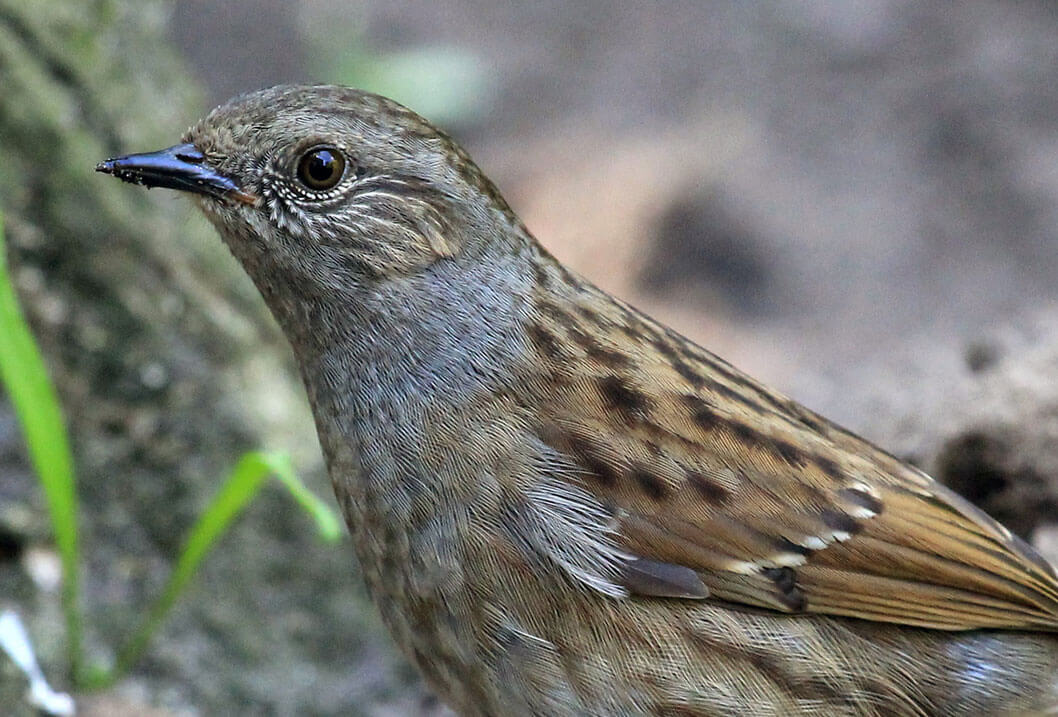Few people know him, and yet he is almost everywhere! Discreet, it has a coloration close to the sparrow, but is distinguished by the warmer hues, gray-lead head and thin beak, signaling a diet dominated by insects, not seeds.

It usually moves under cover, under hedges and bushes, but can venture on open lawns. On the other hand, he sings prominently on the top of a tree or a building. His song resonates especially during the months of February and March, earlier than many other birds.
A peculiarity of this species, both the male and the female make a nuptial song aiming at attracting a partner and defending a territory. And for good reason: the roles of each sex are less clearly defined in Dunnocks than in most other birds. Each female can mate with several males, and each male with several females, the territories of some intermingling with each other. Dominant females have the most males and are helped by each of them to raise their young. This social organization of the sexes is called polygynandry.

